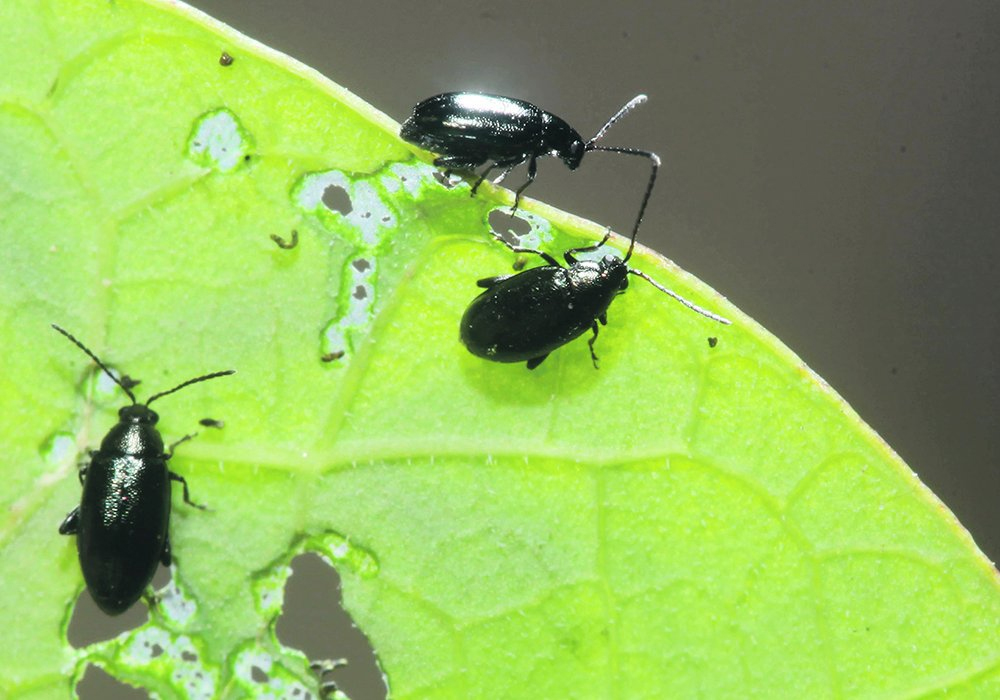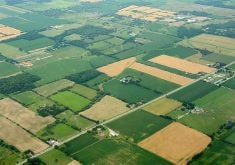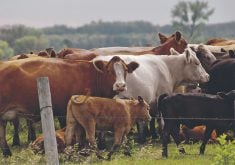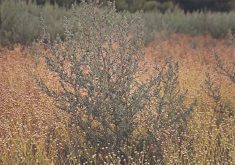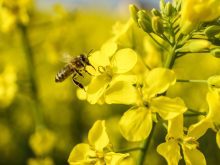Whether it’s the hangover from last year’s severe drought or just bad luck, an array of crop threats has emerged this growing season. Some are widespread and some are unique to specific areas.
It’s been a horrendous year for flea beetles in many prairie locations. Seed treatments have done little to slow them down and a new record may have been set for how many acres of canola required one or more foliar applications.
Were the seed treatments less effective than usual for some reason? Or was the flea beetle population so large that it overwhelmed the treatment? It’s an important issue and answers are needed.
Read Also

Budget seen as fairly solid, but worrying cracks appear
The reaction from the agriculture industry to prime minister Mark Carney’s first budget handed down November 4th has been largely positive.
Beyond flea beetles, my area of southwestern Saskatchewan has battled grasshoppers in what may be the worst outbreak since the 1980s. Recently hatched hoppers have cleaned off many acres of crop and some producers have sprayed fields and field edges multiple times.
According to the grasshopper forecast map, the infestation wasn’t supposed to be extreme. However, many hotspots have emerged.
With both flea beetle and grasshopper infestations, lots of insecticide has been applied. Sadly, many other insect pests could emerge in the weeks ahead.
Moving from insects to mammals, I don’t ever recall such a large gopher population. Gopher numbers have been rising in the past couple years, but this year gophers seem to be everywhere. Producers with serious infestations are doing what they can with poison, but the best time to make an impact with poison is early in spring before the grass is green and before all the babies are up and running around.
People who haven’t experienced a severe gopher infestation may wonder why farmers and ranchers just don’t shoot them. Truth is, you could spend all your time shooting and barely make a dent in the numbers.
Another plague in areas with severe drought in 2021 is herbicide residue. I’ve had fewer problems with flea beetles, grasshoppers and gophers than many of my neighbours, but chemical residue has kicked my butt.
BASF widely publicized its new re-cropping restrictions for producers using herbicides like Solo, Viper and Oddyssey in areas of serious drought. Much to the chagrin of many producers, cropping options for 2022 were limited by what had been applied in 2021.
Nowhere did I see information from BASF regarding products applied in 2020. However, if you read Saskatchewan’s Crop Protection Guide for this year, under the re-cropping restrictions for Viper, rather than waiting until the second season to seed tame mustard, the restriction is increased by a year if there was a serious drought.
This guidance was not in previous publications and I missed information on the update this spring. In retrospect, I should have anticipated the residue issue given their updated recommendations on other crops.
On a couple fields, I seeded brown mustard where Viper had been used two years ago in pea crops. Significant portions of those fields had to be reseeded and what wasn’t reseeded isn’t the crop stand it should be.
One last observation from this area that may be true in others is that crop emergence and establishment is particularly bad on many field headlands. In fact, any areas of the field with extra equipment traffic tend to have a sparce crop stand. Not sure if this is related to last year’s drought or this spring’s seeding conditions.
All of the above issues aside, this year’s crop still has much greater potential than last year’s.
Kevin Hursh is an agricultural journalist, consultant and farmer. He can be reached by e-mail at kevin@hursh.ca.


